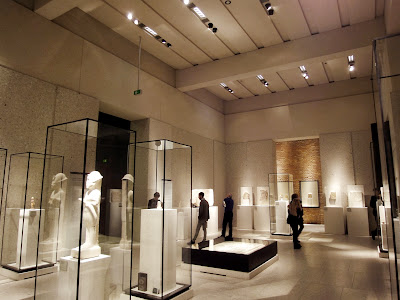Once again, I was overwhelmed by the Milan Salone. I was running around for three days, taking over 1,200 photos of the things I saw at the Rho Fairgrounds and all over the city. The different ways of display were still quite impressive, especially when there was a nation to represent. Japan stood out as a country with outstanding contributions from Issey Miyake and Nendo. INTERNI again occupied the old university courtyards, this time for a show titled “Legacy.” Other blockbuster shows include MOST curated by Tom Dixon and “The Future in the Making” put together by Domus and Audi. Big-shot architects like Zaha Hadid, Jean Nouvel, David Chipperfield, and Tadao Ando all left their marks in Milan this year.
Please be patient while I’m sorting out my photos. Eight posts to come!
Related: Milan coverage last year
Please be patient while I’m sorting out my photos. Eight posts to come!
Related: Milan coverage last year








































